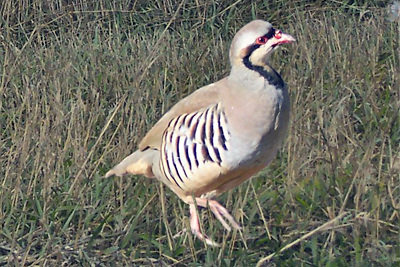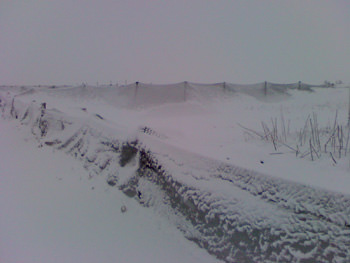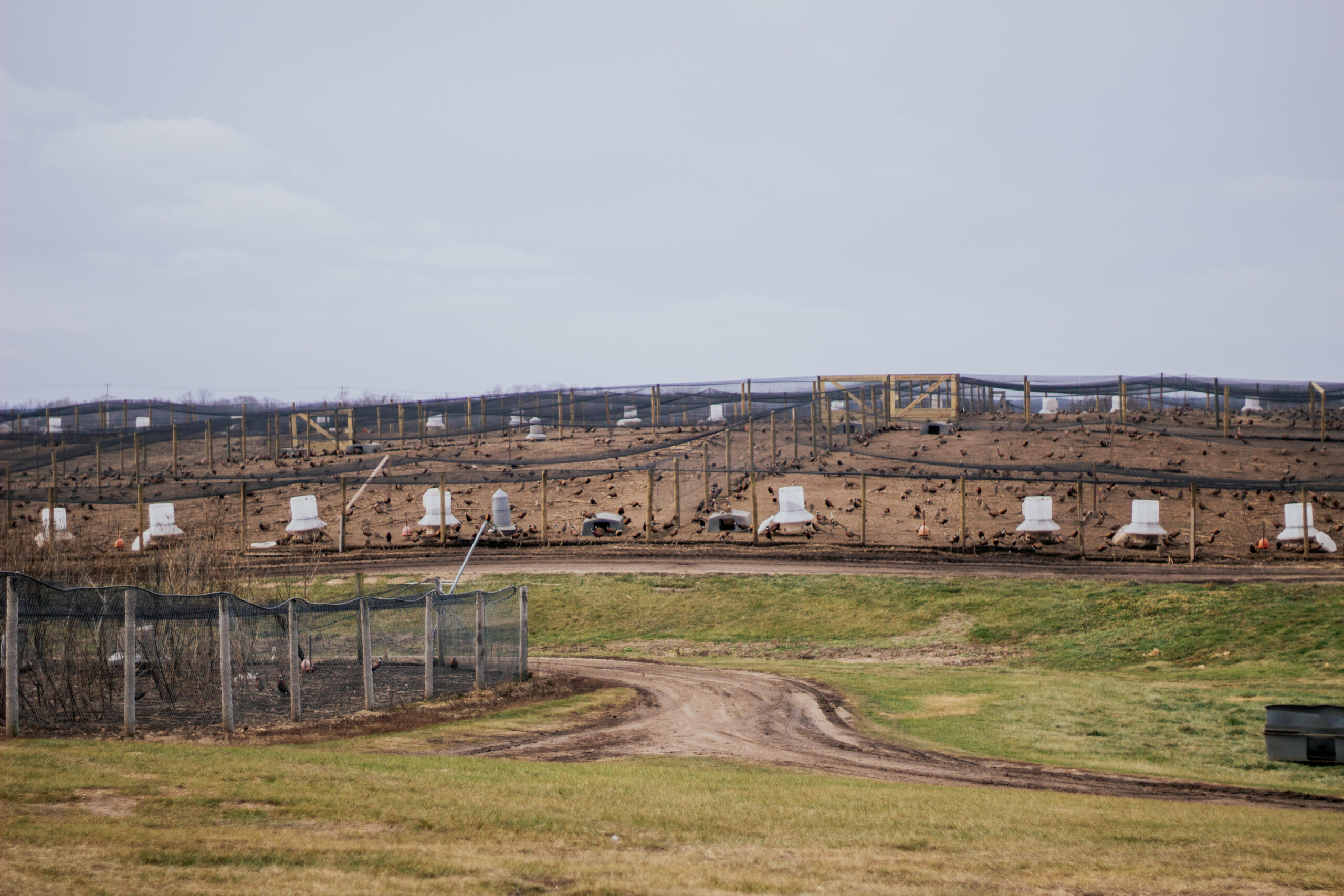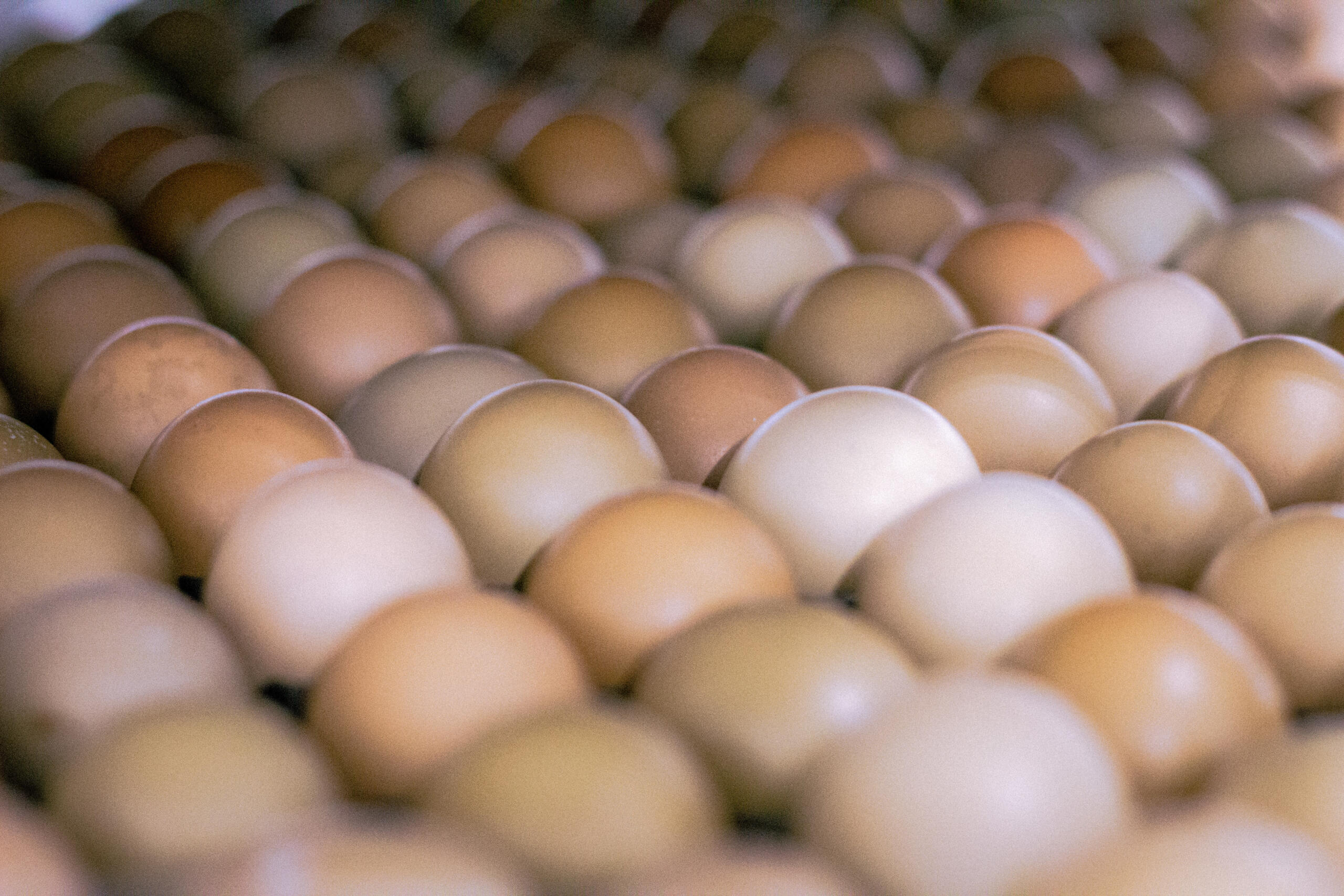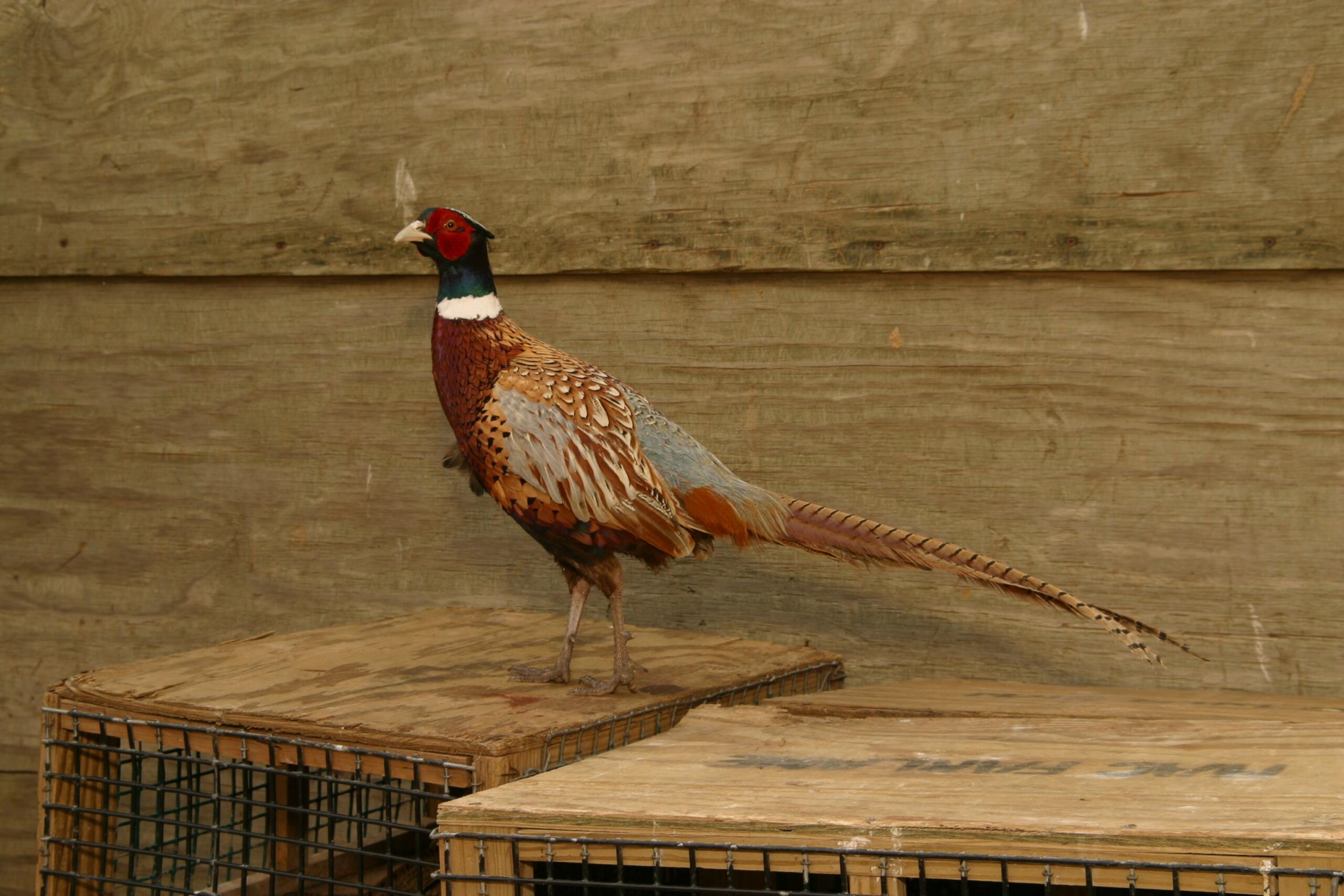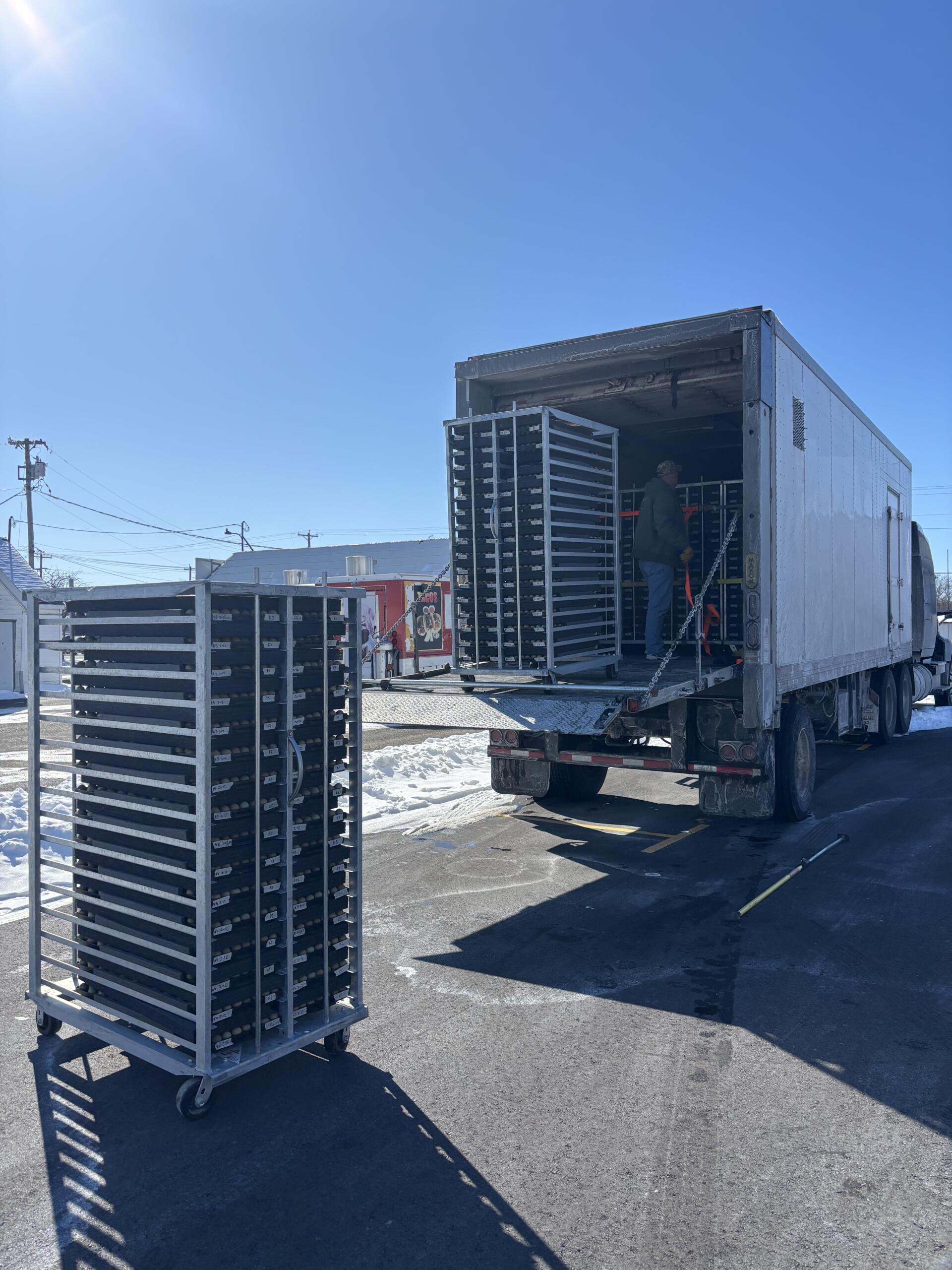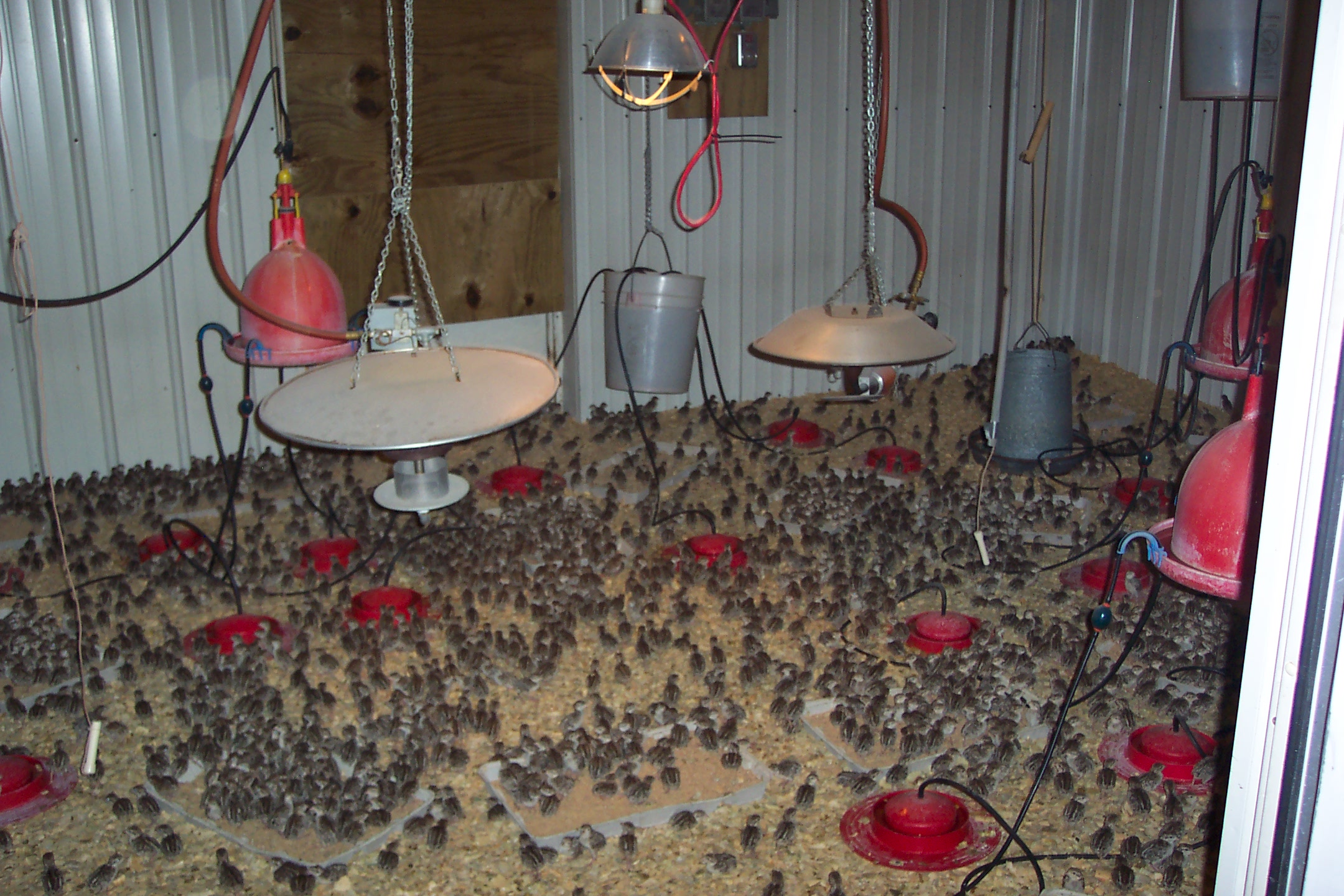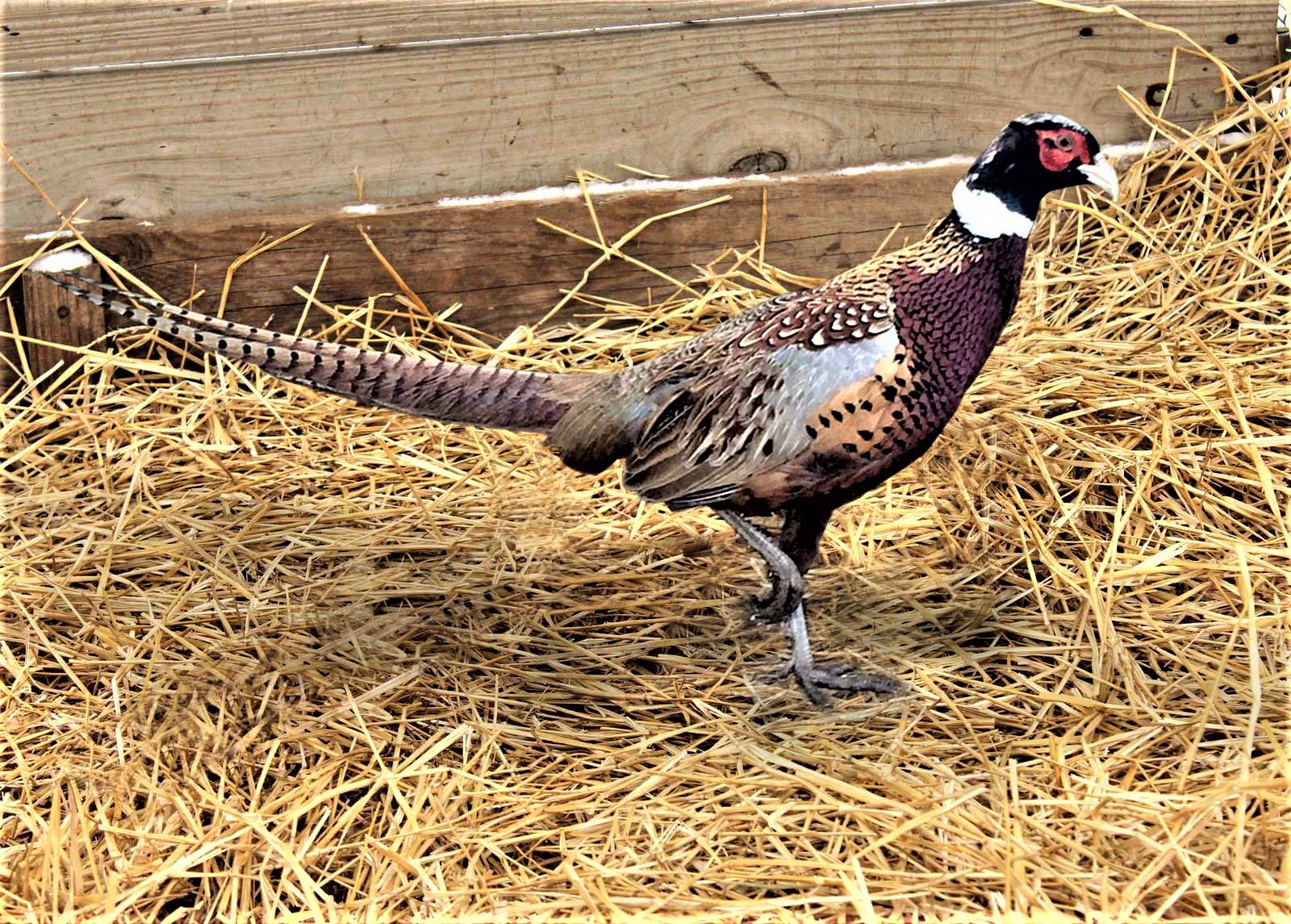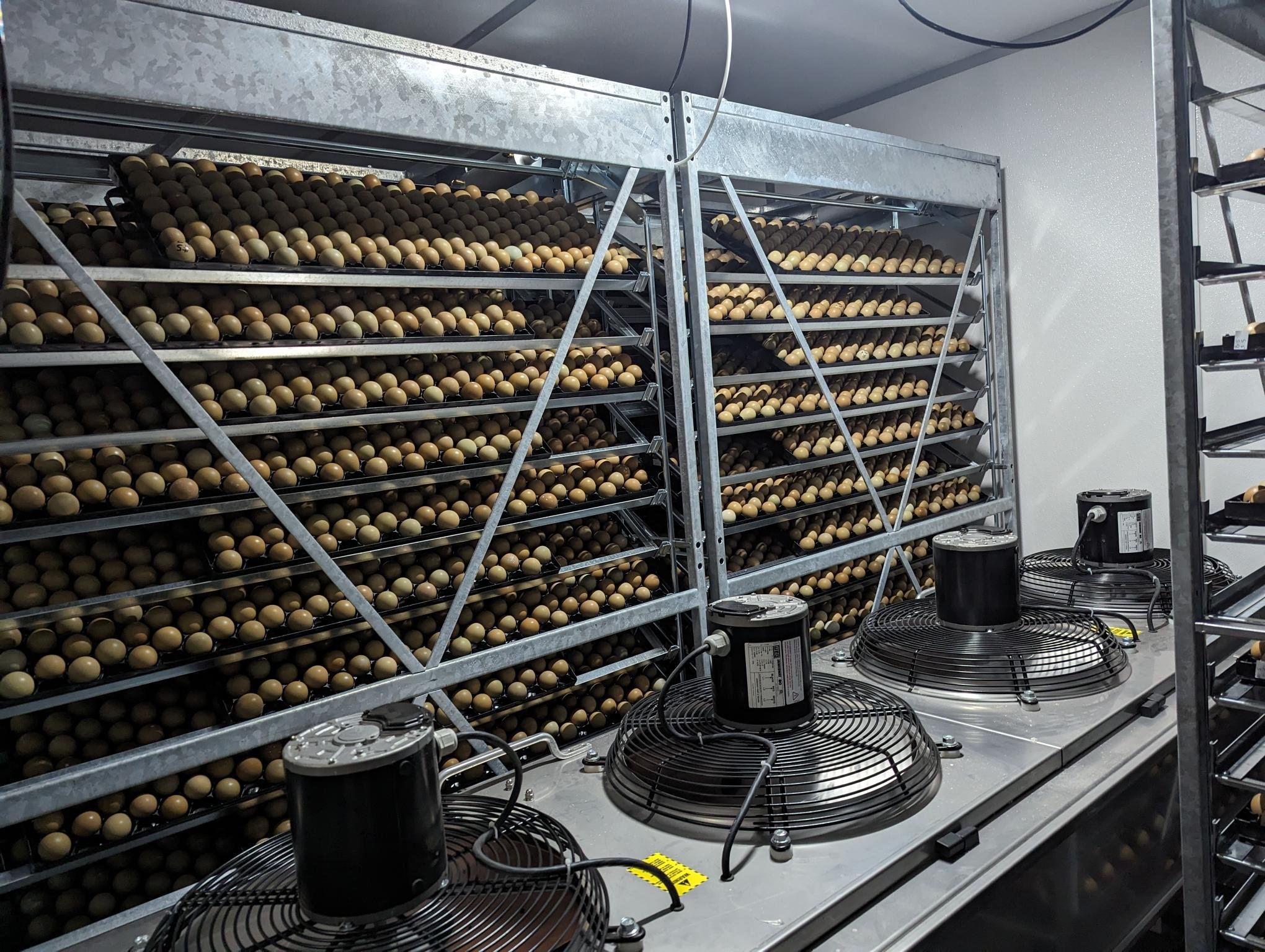CO2’s Effect on the Incubation Process
Large hatcheries have realized for a long time that carbon dioxide (CO2) levels in the incubator have important effects on freshly set eggs. The standard belief is that bird embryos just beginning to develop need a higher CO2 level to get a better start. What the exact reason and mechanism behind this is not clearly understood. Theories include possible positive changes in pH or increased metabolic efficiency due to higher CO2.
important effects on freshly set eggs. The standard belief is that bird embryos just beginning to develop need a higher CO2 level to get a better start. What the exact reason and mechanism behind this is not clearly understood. Theories include possible positive changes in pH or increased metabolic efficiency due to higher CO2.
Whatever the scientific reason, it is an accepted fact. So much so that when hatcheries make a set of new eggs into a single stage incubator, the ventilation is closed up completely. This allows the CO2 to build up in the machine as it is given off by the developing embryo.
With pheasants we have used the first three days as the period with no ventilation. Some chicken hatcheries have experimented with 14-day periods with success in certain egg types. Don’t forget to open up the ventilation after this period as the need for higher oxygen levels increases toward the end of incubation.
With a multi-stage incubator, ventilation can be closed up when making the very first set of eggs only. Once there are developing embryos in the machine, they will increase the CO2 level sufficiently to aid the next sets of fresh eggs.
Here at our hatchery we recently learned that higher CO2 levels may benefit eggs prior to incubation. We conducted a test to determine that boxing and tightly sealing eggs prior to shipping to customers had no detrimental effects on hatchability. To our surprise, the group of eggs stored in tightly sealed boxes hatched better than the control group, 93 percent hatch of fertile in boxed eggs, vs. 87 percent hatch of fertile in unboxed eggs.
We intend to conduct this test a few more times to see if we get the same results. If so, maybe there will be a way of using CO2 during storage periods to better improve hatchability. That could be in the future.
Related Posts
Preparing Our Barns & Pens Each Spring
Read Post
Incubation of Pheasant Eggs
Read Post
DuPont Financial Analysis Model
Read Post
Busy Times at MacFarlane Pheasants’ Missouri Breeder Farms 2024!
Read Post
Hatchery News at MacFarlane Pheasants
Read Post
How We Prepare For Brooding Our Chicks
Read Post
Our Milton Farm in 2024!
Read Post
10 Hatching Tips for Incubating Pheasant Eggs Successfully
Read Post
Take Advantage of These Free Resources
As the biggest game bird farm in the United States, we want to share our experience with you. Download our free resources below and get started.


